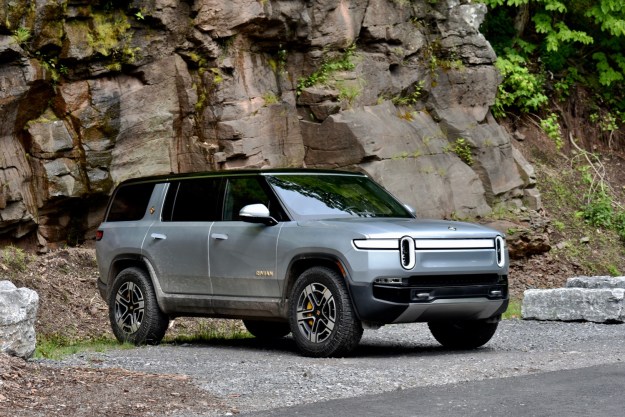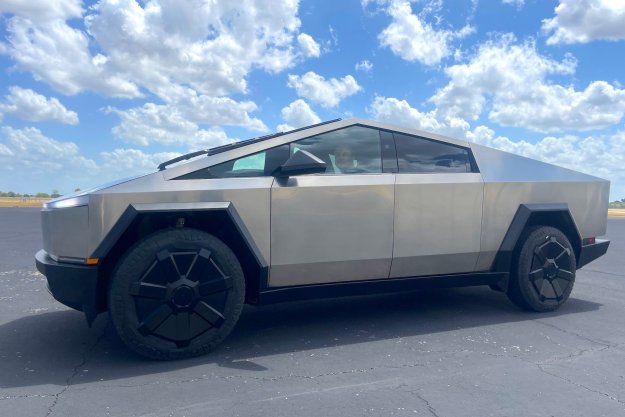
Department of the Interior Secretary David Bernhardt signed an order that allows ebike access on federal land. Effective immediately, ebike riders can travel anywhere conventional bicycles are allowed on federally managed public lands.
The purpose of the order is “to increase recreational opportunities for all Americans, especially those with physical limitations, and to encourage the enjoyment of lands and waters managed by the Department of the Interior.” The specific effect is to simplify the rules for using electric bikes on federal lands and to reduce confusion for riders and enforcement personnel.
As the order mentions, adding electric motors to bicycles is a somewhat recent development, but one that causes confusion about how they should be viewed by regulatory officials. Not counting small after-market electric motor add-ons for conventional bicycles, which have been available for decades, ebike manufacturers now offer a new transportation category. Ebikes vary widely in design with capabilities that can bridge bicycles, motorcycles, mopeds, and, to a lesser but real extent, automobiles.
The confusion Bernhardt mentioned extends beyond Interior Department personnel. Ebike classification involves state motor vehicle departments, local law enforcement, and riders. Ebike riders, conventional bicycle riders, and non-riders often differ in their opinions about where ebikes should and should not be allowed.
In contrast to motorcycle and conventional bicycle sales, both of which have fallen in recent years, ebikes sales are soaring. There are many dedicated ebike manufacturing brands and, not surprisingly, in light of their own sales concerns, a rising number of bicycle, motorcycle, moped, motorscooter, and car manufacturers have introduced ebikes or announced the intention to do so.
Regulations regarding ebikes have been inconsistent between various agencies even within the Department of the Interior. The inconsistency has limited overall access to federally owned land including by elderly and disabled riders. Regulations have often differed from state and local rules and laws for adjacent areas.
Therefore, the order defines ebikes in conformance with the Consumer Product Safety Act as “low-speed electric bicycles” with two or three wheels, operable pedals, and electric motors of less than 750 watts. Ebikes, as defined under the Act, have a maximum speed less than 20 miles per hour on a level, paved surface with a rider who weighs 170 pounds. Within that general definition, there are three classes:
- Class 1 ebikes add electric power assistance only when pedaled and only to less than 20 mph.
- Class 2 ebikes can power the bike without pedaling but only to less than 20 mph.
- Class 3 ebikes provide assistance only when pedaled and only to less than 28 mph.
The Department order states ebikes will not be treated as motor vehicles or off-road vehicles by the National Park Service, Fish and Wildlife Service, Bureau of Land Management, or the Bureau of Reclamation.
The Interior Department order does not mean that ebikes will be allowed in designated Wildlife Areas from which bicycles are restricted. Anywhere other types of bicycles are allowed, ebikes are also now allowed.
Editors' Recommendations
- Here’s your first look at Harley-Davidson’s new line of ebikes
- Bird Cruiser ebike, coming this summer, adds to urban micro-mobility alternatives




